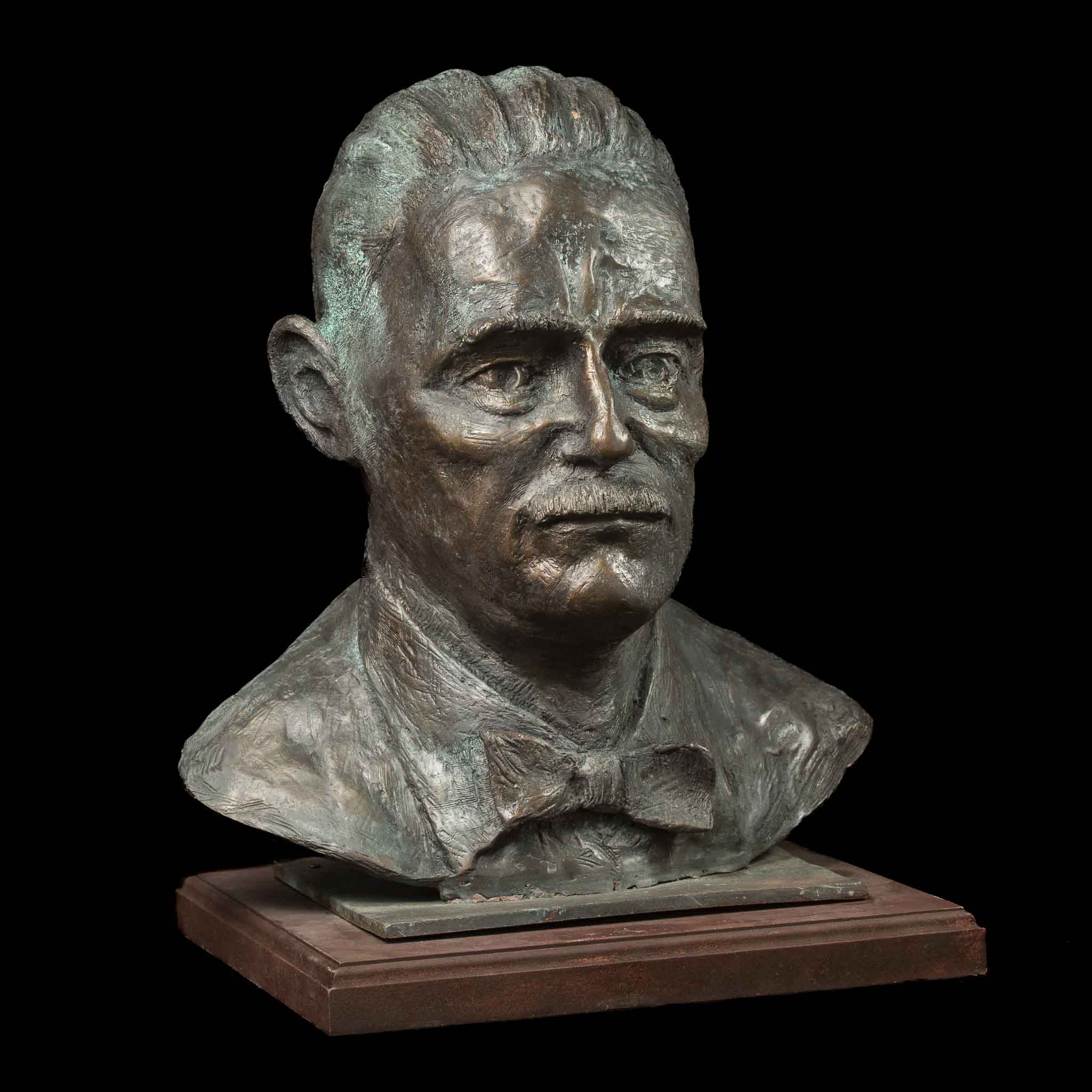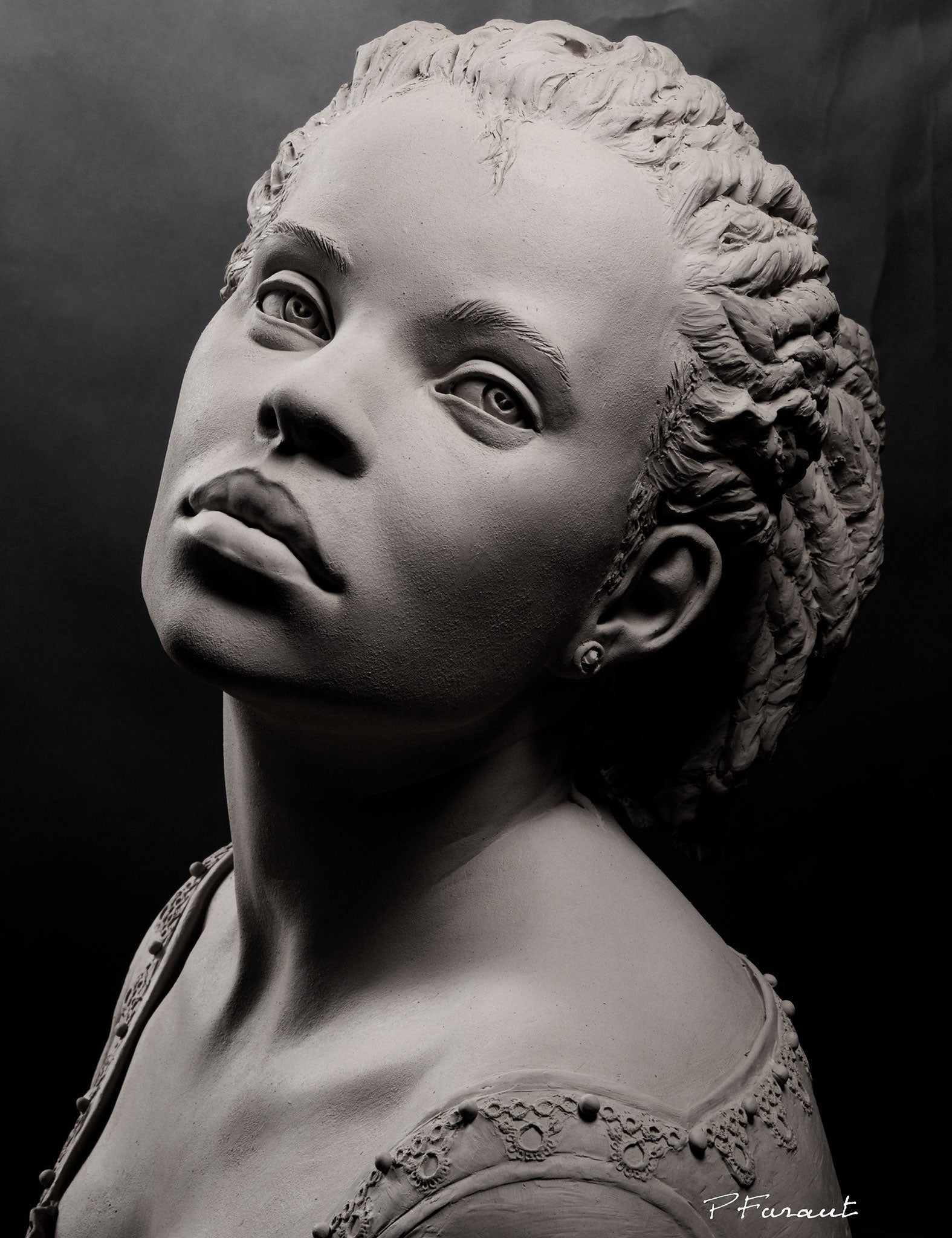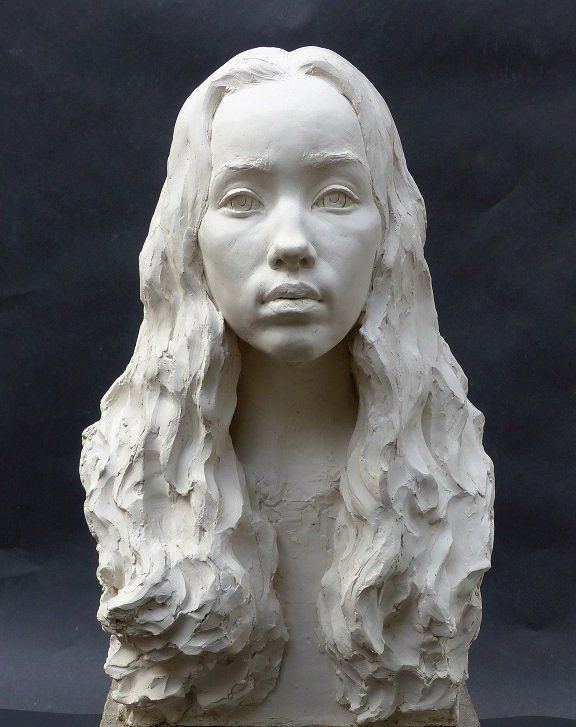Grace in Motion: Discover the Elegance of Equine Sculptures
The Advancement of Sculptures: From Ancient to Modern
The Evolution of Sculptures: From Old to Modern.
Sculpture, among the oldest forms of art, has actually been an important part of human world for centuries (Robert C Hitchcock Sculptor). From the old people of Egypt and Greece to the modern-day era, sculptures have actually progressed, showing adjustments in artistic methods, materials, and cultural influences. This journey through time traces the growth of sculptures, checking out the changes in design, topic, and creative expression
Starting with the ancient globe, sculptures crafted from rock and later bronze captured the significance of divine beings, rulers, and day-to-day life. The Renaissance period witnessed a rebirth of classic sculpting methods, as artists looked for to replicate the graceful kinds of old Greek and Roman sculptures. In the modern era, artists tested traditional boundaries, accepting abstraction and experimentation with brand-new materials.

This expedition will certainly look into the diverse evolution of sculptures, disclosing the abundant tapestry of imaginative expression throughout different durations and cultures.
Old Sculptures: From Rock to Bronze
Old sculptures transitioned from being taken of stone to being cast in bronze. This shift noted a substantial evolution in the art of sculpture, permitting for higher improvement and information in the ended up jobs. Stone sculptures, while outstanding in their own right, were restricted by the nature of the product. Stone needed substantial forming and sculpting, frequently causing a more simplified representation of the topic.
The intro of bronze as a medium for sculptures produced a revolution in imaginative expression. Bronze provided carvers the possibility to produce intricate and realistic kinds that were not feasible with stone. The procedure of casting bronze enabled the development of several duplicates of a sculpture, enabling bigger circulation and conservation of these creative masterpieces.
The transition from stone to bronze likewise saw a change in the subject issue of sculptures. While stone sculptures predominantly shown gods, sirens, and mythological numbers, bronze sculptures started to mirror a more comprehensive range of subjects, including daily people and pets. This expansion of subject issue showcased the adaptability and versatility of the bronze tool.
Renaissance Revival: Shaping in the Classic Style
The Renaissance revival of sculpture observed a revival in the timeless design, structure upon the developments made during the transition from stone to bronze in old sculptures. Throughout this duration, artists looked for to recreate the classic aesthetic and ideals of elegance that prevailed in old Greek and Roman sculptures.
Among the key attributes of the Renaissance resurgence was the emphasis on naturalism and the human type. Artists like Donatello and Michelangelo make every effort to catch the anatomical information and expressions of their topics with extraordinary accuracy. They examined the body and incorporated their observations into their sculptures, leading to realistic and sensible depictions.
Another crucial aspect of the Renaissance revival was the exploration of point of view and deepness. Musicians used methods such as contrapposto, where the weight of the body is moved away, developing a feeling of motion and dynamism. They likewise explore different products, including marble and bronze, to attain a level of elegance and details in their sculptures.
The classic style of the Renaissance resurgence had an extensive influence on later periods of art, serving as a structure for the advancement of Western sculpture. It brought a restored admiration for the charm and splendour of the human form, and its tradition can still be seen in modern sculptures today.
Innovation and the Avant-Garde: Damaging Traditional Limits

One of the key qualities of modernist sculpture was the emphasis on abstraction. Carvers moved away from sensible depictions and rather concentrated on capturing the essence of the topic with simplified forms and geometric forms. This separation from typical depiction enabled musicians to reveal their emotions and concepts in an extra subjective and personal way.
Moreover, the avant-garde activity tested societal norms and conventions, urging artists to experiment and press the boundaries of their art - Contemporary Sculptures. Artists began integrating non-traditional materials such as located objects, industrial products, and even natural elements right into their job. This exploration of new products and methods not just expanded the possibilities for sculpture however additionally tested the traditional notions of what might be considered art
Contemporary Sculptures: Exploring New Materials and Concepts
With a concentrate on discovering new products and ideas, contemporary sculptures have reinvented the area of art. Artists today are pushing the borders of traditional sculpture by utilizing ingenious products and trying out with abstract concepts. These sculptures test conventional ideas of significance, kind, and materiality, inviting viewers to engage in a brand-new and thought-provoking artistic experience.
Contemporary artists are welcoming a large range of products, including plastic, glass, steel, and also natural issue. Contemporary Sculptures. They are not restricted to the standard tool of rock or clay, enabling for higher freedom of speech and testing. This shift towards unusual materials has actually opened new opportunities for musicians to develop sculptures that are vibrant, interactive, and visually striking
In addition to discovering new products, modern sculptures also explore complicated and abstract ideas. Musicians are now discovering themes such as identity, social problems, and the environment, using sculpture as an effective medium for social commentary and self-questioning. These sculptures test visitors to believe critically and involve with art on a deeper degree, triggering discussions and prompting psychological responses.
International Influences: Sculptural Practices From Worldwide

In ancient Egypt, sculptures were developed mostly for spiritual and funerary functions. The famous article source sculptures of gods and pharaohs, such as the Great Sphinx and the bust of Queen Nefertiti, showcase the Egyptians' proficiency of stone sculpting and their idea in the immortality.
In old Greece, sculpture reached its height during the classic period. Influenced by the suitables of harmony, elegance, and proportion, Greek sculptures emphasized the human form and celebrated the accomplishments of gods, heroes, and athletes. The famous sculptures of Aphrodite of Knidos and the Discobolus exemplify the Greeks' quest of perfection in sculptural art.
In old Rome, sculpture offered both political and creative objectives. Contemporary Sculptures. Roman sculptures frequently portrayed emperors, generals, and mythological numbers, reflecting the power and majesty of the empire. The marble statuary of Augustus of Prima Porta and the huge Arch of Constantine are notable instances of Roman sculptural accomplishments
Eastern sculptural traditions, specifically in India, China, and Japan, have also had an extensive influence on the development of sculptures. Indian sculptures, such as the elaborately sculpted holy places of Khajuraho and the colossal statues of Buddha, show an abundant blend of religious, mythological, and architectural elements. Chinese sculptures, identified by their great workmanship and interest to information, commonly portray deities, animals, and epic figures. Japanese sculptures, influenced by Buddhism, highlight simplicity and serenity, seen in the tranquil statues of Buddha and the classy art of bonsai.
The international impacts on sculpture continue to develop in the contemporary period. Artists today attract inspiration from numerous sculptural customs, integrating brand-new materials, strategies, and ideas to develop innovative and thought-provoking art work. The blend of different social impacts has actually generated a varied and vibrant sculptural landscape, reflecting the interconnectedness of our worldwide culture. As we seek to the future, it is particular that the global influences on sculpture will certainly remain to shape and redefine this ancient art kind.
Verdict
In verdict, the evolution of sculptures has seen a shift from ancient rock and bronze functions to the timeless resurgence during the Renaissance. This was adhered to by the breaking of conventional limits via innovation and the avant-garde activity. Today, contemporary sculptures check out brand-new products and principles, while also drawing motivation from international sculptural customs. The journey of sculptures shows the ever-changing imaginative expressions and cultural influences throughout background.
From the old worlds of Egypt and Greece to the modern-day period, sculptures have actually developed, showing changes in imaginative methods, products, and cultural influences.Beginning with the old globe, sculptures crafted from stone and later on bronze captured the significance of deities, leaders, and everyday life.Ancient sculptures transitioned from being carved out of rock to being cast in bronze. While stone sculptures mostly depicted gods, sirens, and mythical numbers, bronze sculptures started to mirror a more comprehensive array of subjects, including daily individuals and animals.In verdict, the advancement of sculptures has actually seen a shift from old rock and bronze functions to the timeless resurgence during the Renaissance.